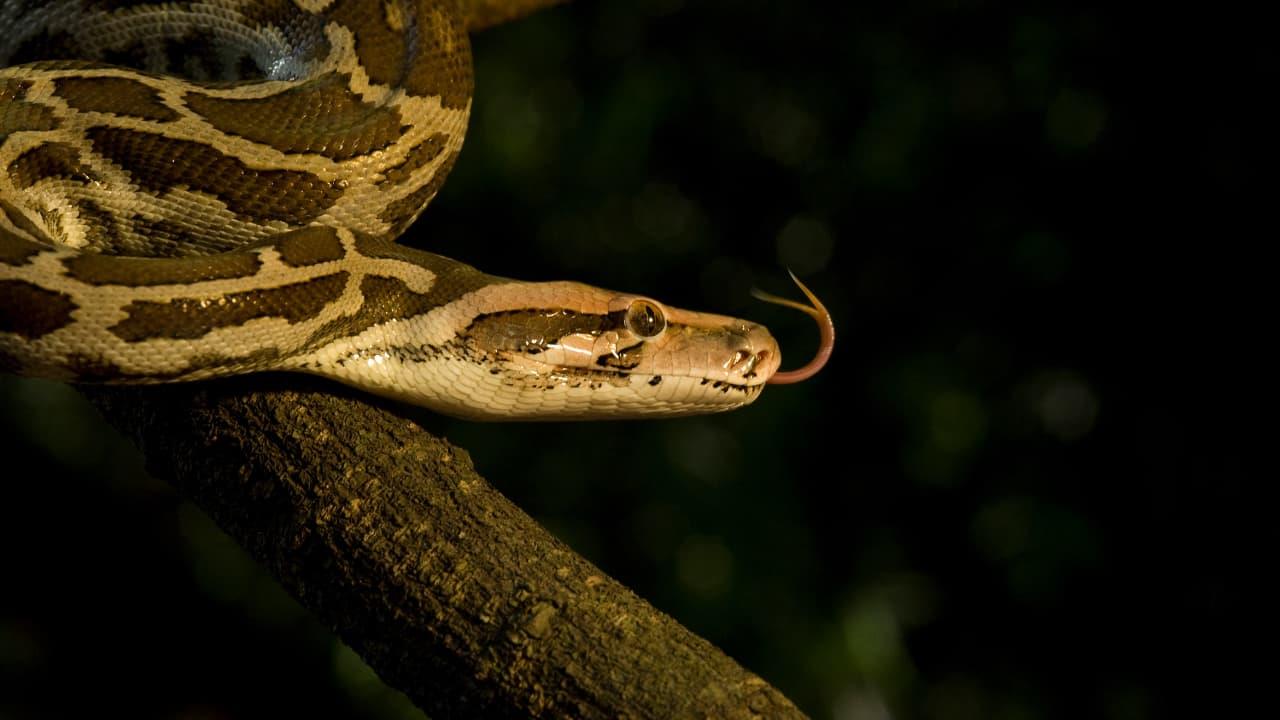New Study Says Climate Change Could Lead To More Snakebite Cases Across India
India has the highest number of snakebite deaths in the world. Every year 46,000 to 60,000 deaths from snakebites are reported. Now, a new study suggests that climate change could make the situation worse by creating new“snakebite hotspots” in the country. The research published in the journal PLOS Neglected Tropical Diseases, was led by Imon Abedin from the Dibru-Saikhowa Conservation Society in Assam.
It focuses on the big four species that are responsible for most serious snakebite cases in India: the Indian cobra, common krait, Russell's viper, and saw-scaled viper. These snakes are found in different parts of the country. But the research shows that climate change could shift their habitats.
Warmer temperatures and changing rainfall patterns may cause these snakes to move to new areas, particularly in Northern and Northeastern India. As a result, people in these regions, who may not be used to living near venomous snakes, could face higher risk of being bitten.
How Was the Research Conducted?
To explore this, researchers simulated different climate change scenarios using computer models to predict where these snakes might live in the future. Then, they combined this information with data about healthcare access, poverty, and population density to figure out which areas are most vulnerable to increased snakebite risk over the next 50 years.
The results show that if temperatures continue to rise, it may force venomous snakes to shift to new regions, increasing the chance of human-snake encounters. This could become a serious public health issue and in remote areas, with a significant lack of healthcare access and awareness, the situation could be worse.
However, the researchers also pointed out some limitations in their study. It's hard to track snake populations accurately, especially in remote rural areas. Also, other factors like deforestation, urban growth, and land use changes can affect where snakes live, and these weren't fully accounted for in the models.
Why Is It Important
Despite the challenges, the researchers say that the findings prove that climate change isn't just an environmental issue, it's a health issue too. As snake habitats begin to shift, it becomes crucial that we prepare for this.
The scientists believe that public health systems need to be improved, and the government should invest in better antivenom research and production. Educating communities about snakebite prevention and ensuring quick access to treatment is also important.
This is the first study in India that looks at how climate change affects snakebite cases and public health. It's a warning that as our climate continues to change, we need to start thinking about all the unexpected ways it can affect our lives, including the rise of snakebite hotspots.
Legal Disclaimer:
MENAFN provides the
information “as is” without warranty of any kind. We do not accept
any responsibility or liability for the accuracy, content, images,
videos, licenses, completeness, legality, or reliability of the information
contained in this article. If you have any complaints or copyright
issues related to this article, kindly contact the provider above.
Most popular stories
Market Research

- Microgrid Market Growth, Key Trends & Future Forecast 2033
- Nickel Market Estimated To Exceed USD 55.5 Billion By 2033
- Primexbt Launches Empowering Traders To Succeed Campaign, Leading A New Era Of Trading
- Chaingpt Pad Unveils Buzz System: Turning Social Hype Into Token Allocation
- Ecosync & Carboncore Launch Full Stages Refi Infrastructure Linking Carbon Credits With Web3
- Japan Halal Food Market Size To Surpass USD 323.6 Billion By 2033 With A CAGR Of 8.1%






















Comments
No comment